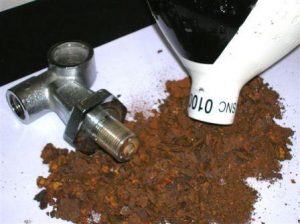EVER THOUGHT OF WHAT YOU MIGHT BE BREATHING?
IDEST (Inspectorate for Diving Equipment Servicing and Testing) was founded in 1985. IDEST centres work to set standards and the governing body ensures that test stations and their technicians adhere to CP11-2011 Code of Practice, thus ensuring high-quality service and testing, thereby, keeping SCUBA customers SAFE.
In the UK the process of testing a cylinder is very comprehensive. Typically, each tank (not an exhaustive listing):
- Gets picked up and taking to the testing centre designate
- Once its arrived the tank will be checked in and logged on a job sheet
- The boots and any stickers are removed
- The cylinder is externally accessed for damage and corrosion
- The cylinder is checked to ensure it is empty. If not, any gas is released
- The valve is removed using a special jig to ensure that its not damaged
- The stem threads and the outlet threads are cleaned
- The stem threads and the outlet threads then have to undergo gauge tests to check that there are no faults on the threads. All the threads have to be duly inspected and must meet specific criteria and tests in order to ‘pass’
- If the threads pass the tests then the valve is dismantled and an ultrasonic process is then pursued
- After this process there are further internal inspection tests that often includes the use of a Boroscope
- O rings and Teflon washers are replaced and the valve is washed in fresh water
- A torque process then follows ensuring that the correct tension is applied
- The cylinder, once it has complied to all tests and has been given a ‘pass’, the IDEST centre will mark with a unique stamp and a sticker to show when it is next due for a service
- The cylinder is transported from the IDEST centre back to the SCUBA centre
IN many countries, unlike the UK, there are no set standards for cylinder inspection other than a hydrostatic test must be completed every five years. The valve however may/may not have been given a cursory glance.
All in all, I think it is fair to say that quite a lot goes into ensuring that in the UK – SCUBA tanks are safe for purpose. Many people don’t realise the impact a 180-210 filled BAR tank would have on implosion! Always better to be SAFE THAN SORRY! The regulations are there for YOURS and those around yours- SAFETY FIRST 🙂


